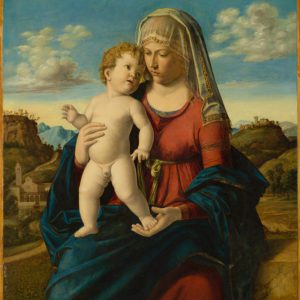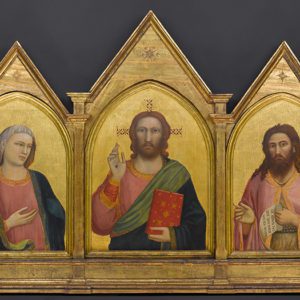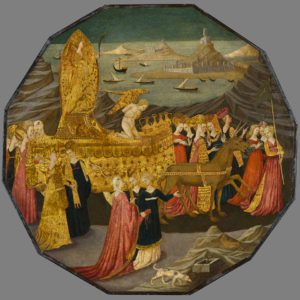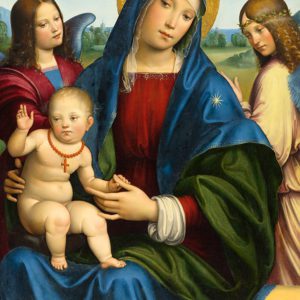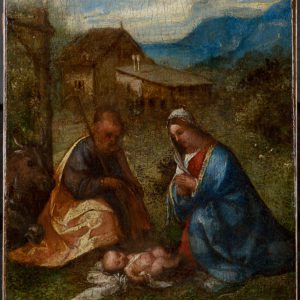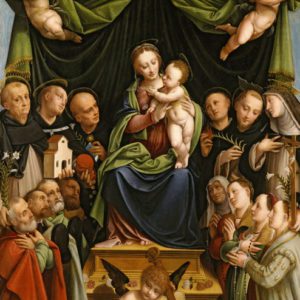Italian
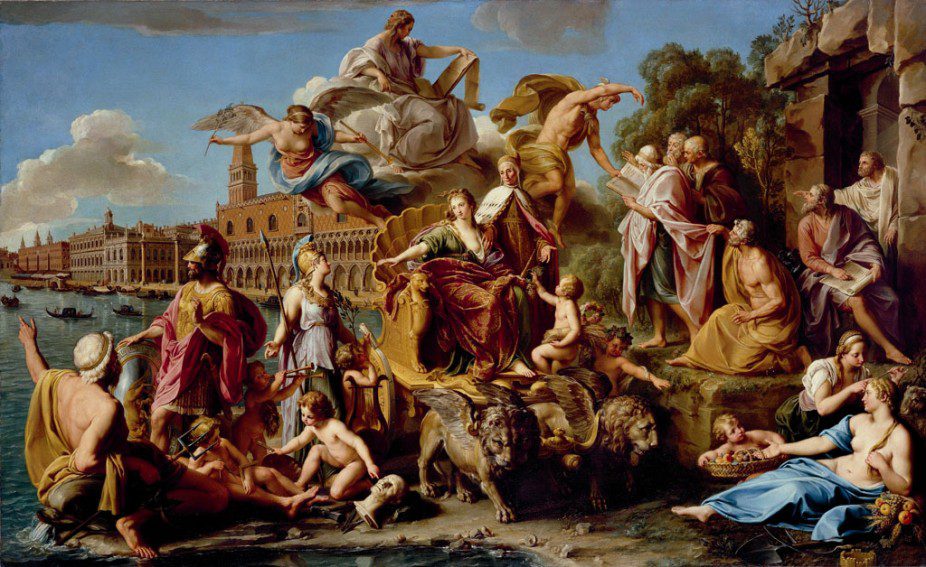
About
The five panels by the so-called Pseudo-Jacopino represent the most extensive holdings of early Bolognese art outside of that city. Other highlights from this period include Puccio Capanna’s Crucifixion, three panels from a dismembered altarpiece by Francescuccio Ghissi, and a complete altarpiece by Matteo di Pacino. The collection of 15th- and 16th-century works is distinguished by very good paintings by Apollonio di Giovanni, Neroccio de’ Landi, Botticelli, Francesco Francia, Cima da Conegiano (whose Madonna and Child in a Landscape was selected as the US Postal Service’s Christmas stamp in 1993), Veronese, Pordenone, Andrea del Sarto, the Bassano family, and Domenico Tintoretto.
Mention should also be made of two early works by two of the greatest masters of the Italian Renaissance: Titian and Raphael. Noteworthy also are three portraits of Florence’s illustrious Medici family, which are shown together for the first time in West Building together with a bronze Neptune, which may be Benvenuto Cellini’s competition model for a statue to adorn Florence’s Piazza della Signoria.
One of the highlights of West Building is a gallery devoted to altarpieces and devotional works. It showcases the Museum’s rich holdings of altarpieces from the 16th through 18th centuries, including works by Italian masters Lanino, Lodovico Carracci, Domenichino, and Stanzione that are installed alongside paintings by the great Flemish masters Rubens and Jordaens and the Sevillian artist Esteban Márquez de Velasco.
Owing to the underappreciation of baroque art when the European collection was being assembled in the late 1950s, the Museum possesses a particularly strong collection of 17th-century pictures, including outstanding works by Bernardo Strozzi and Guido Reni, whose Madonna and Child is one of the artist’s masterpieces. The Italian collection finishes strongly with an outstanding group of 18th-century paintings that includes masterpieces by Batoni, Canaletto, Bellotto, and Ubaldo Gandolfi that would be the envy of any museum in the world.

